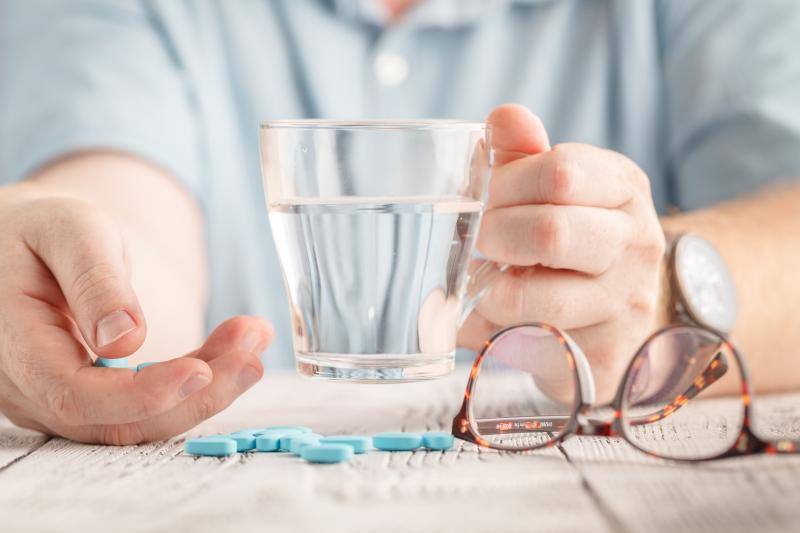
In patients with Graves’ disease (GD), the block-replace antithyroid drug (ATD) regimen leads to a lower relapse rate than the titration regimen, according to a study. Factors such as younger age, larger goiter size or thyroid volume, and the higher free triiodothyronine or free thyroxine levels in the diagnosing phase are tied to a higher risk of relapse.
Researchers conducted a systematic review of prospective or retrospective studies of newly diagnosed GD patients aged >16 years and treated with ATD. Follow-up was performed for at least 12 months after ATD withdrawal. The meta-analysis included 20 studies involving 3,242 patients, with GD recurring in 1,681 patients during follow-up, corresponding to an incidence rate of 51.9 percent.
Risk factors for relapse included younger age (weighted raw mean difference [RMD], −3.51, 95 percent confidence interval [CI], −5.74 to −1.29), larger thyroid volume (RMD, 4.38, 95 percent CI, 1.68–7.08), bigger goiter size (1.94 percent risk, 95 percent CI, 0.43–3.46), higher free triiodothyronine level (RMD, 5.09, 95 percent CI, 4.42–5.77), and higher free thyroxine level (RMD, 4.21, 95 percent CI, 0.54–7.89).
The block-replace ATD regimen, which consisted of a fixed high dose of an ATD with levothyroxine supplementation to maintain euthyroidism, was associated with a lower relapse rate compared with the titration regimen, which involved monotherapy with ATD and dose adjusted according to thyroid function tests (risk ratio, 0.64, 95 percent CI, 0.52–0.78).
The risk factors identified in the current meta-analysis should facilitate early definitive treatment with radioactive iodine or surgery to patients who are unlikely to achieve remission with ATDs only, the researchers said. Additional prospective cohort studies with different ATD regimens are needed to determine the optimum treatment for patients with GD.